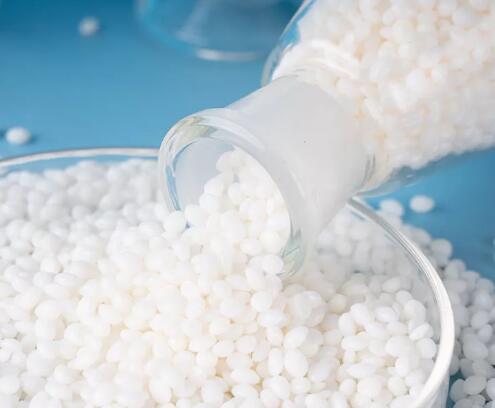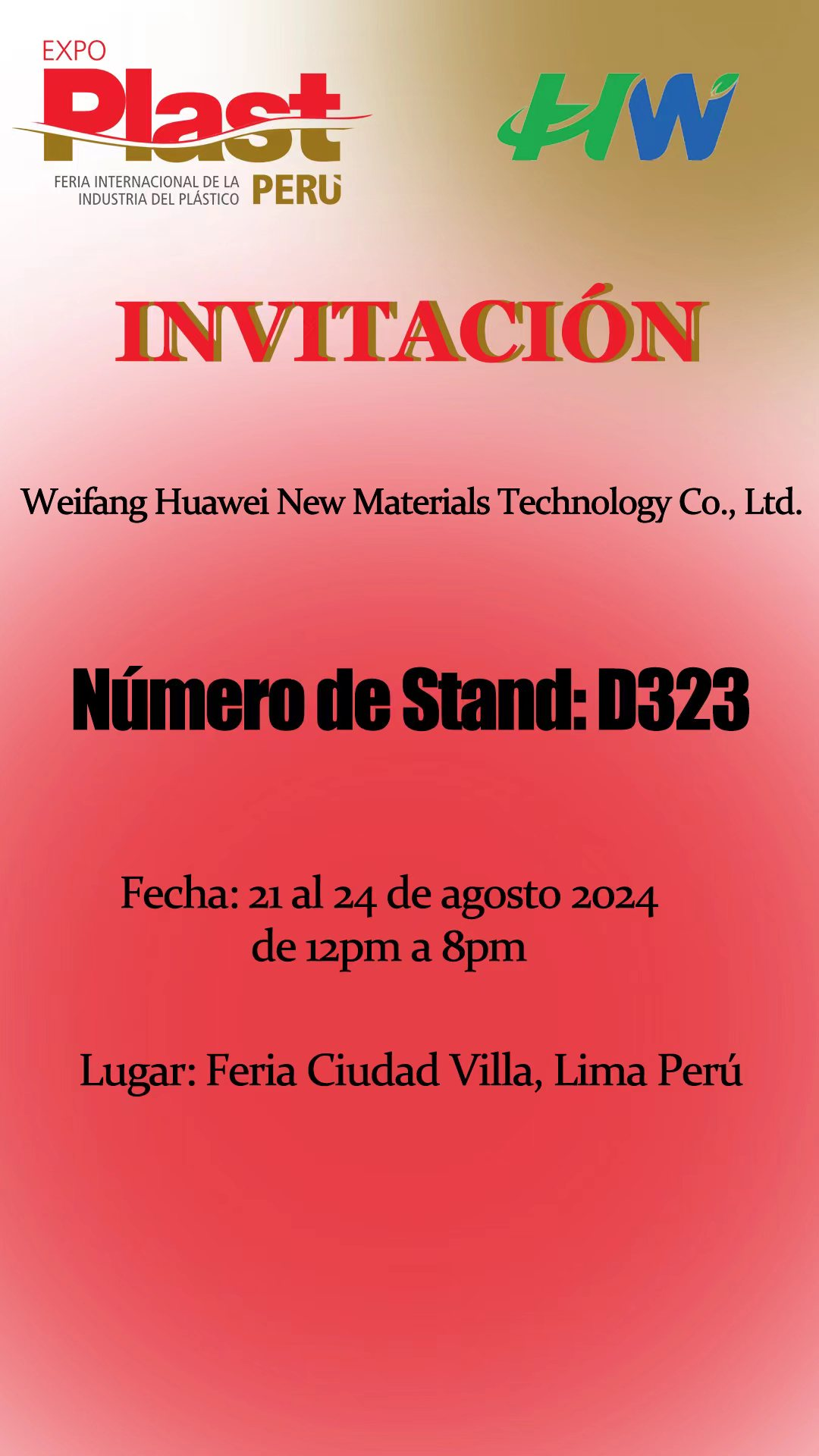Plastic materials are ubiquitous in our daily lives, and their production and disposal have significant environmental impacts. In recent years, bioplastics have emerged as a promising alternative to traditional petroleum-based plastics. Two popular types of bioplastics are PBAT and PLA. In this article, we will explore the differences between PBAT and PLA and their applications.

PBAT stands for poly(butylene adipate-co-terephthalate), which is a biodegradable and compostable polyester. PBAT is made from renewable resources, such as corn starch or sugarcane, and is biodegradable in industrial composting facilities, meaning it will break down into water, carbon dioxide, and biomass under certain conditions.
PBAT has good mechanical properties, such as flexibility, toughness, and impact resistance, making it suitable for a wide range of applications. It is commonly used in the production of shopping bags, food packaging, agricultural films, and disposable products.
PLA stands for polylactic acid, which is a biodegradable and compostable thermoplastic made from renewable resources, such as corn starch or sugarcane. PLA is also biodegradable in industrial composting facilities, meaning it will break down into water, carbon dioxide, and biomass under certain conditions.
PLA has good mechanical properties, such as stiffness and strength, making it suitable for a wide range of applications. It is commonly used in the production of food packaging, disposable tableware, medical implants, and 3D printing.
Chemical structure
PBAT and PLA have different chemical structures. PBAT is a copolyester composed of butylene adipate and terephthalate units, while PLA is a polymer composed of lactic acid units. The chemical structure of PBAT makes it more flexible and impact-resistant than PLA, while the chemical structure of PLA makes it stiffer and stronger than PBAT.
Biodegradability
PBAT and PLA are both biodegradable, but their biodegradation rates differ. PBAT biodegrades more quickly than PLA, typically within 6-12 months, while PLA may take up to several years to fully biodegrade.
Temperature resistance
PBAT and PLA have different temperature resistance properties. PBAT has a lower melting point than PLA, making it more suitable for applications that require flexibility and low-temperature resistance. PLA, on the other hand, has a higher melting point than PBAT, making it more suitable for applications that require stiffness and high-temperature resistance.
Applications
PBAT and PLA have different applications due to their different properties. PBAT is commonly used in the production of shopping bags, food packaging, agricultural films, and disposable products, while PLA is commonly used in the production of food packaging, disposable tableware, medical implants, and 3D printing.
The choice between PBAT and PLA depends on the specific application and requirements. PBAT is more suitable for applications that require flexibility and low-temperature resistance, such as shopping bags and agricultural films, while PLA is more suitable for applications that require stiffness and high-temperature resistance, such as medical implants and 3D printing.
In terms of biodegradability, PBAT may be more desirable than PLA for applications that require rapid biodegradation, such as disposable products, while PLA may be more desirable for applications that require long-term stability, such as medical implants.
PBAT and PLA are two popular types of bioplastics that offer promising alternatives to traditional petroleum-based plastics. PBAT is more flexible and impact-resistant, while PLA is stiffer and stronger. We are a PBAT supplier. If you are interested in our products, please contact us now!
